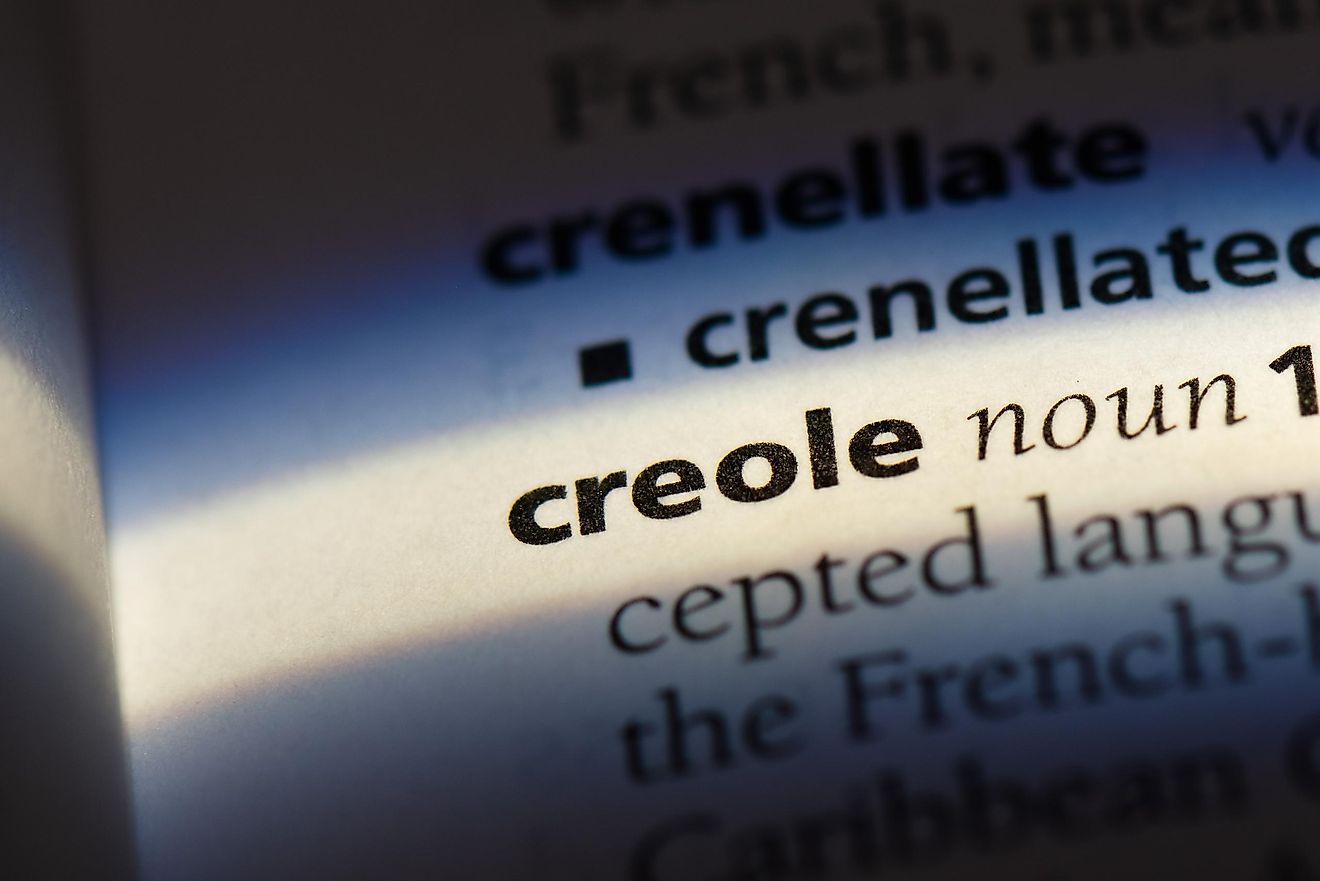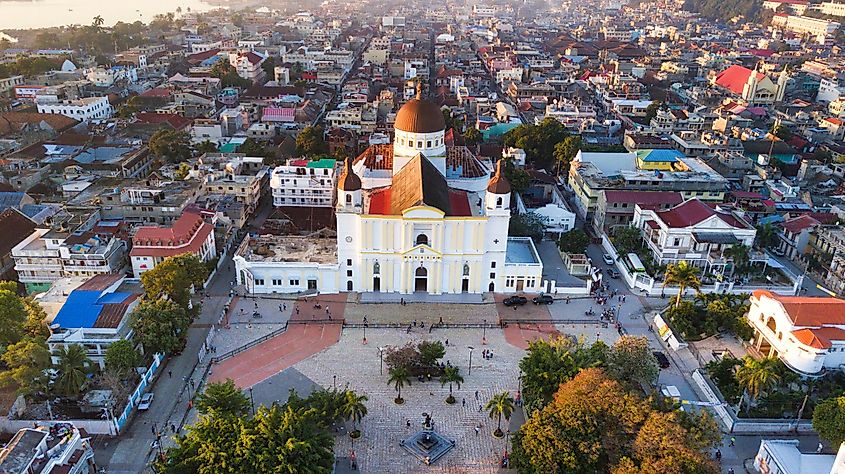What Are Creole Languages And Where Did They Come From?

- Créole languages are languages that developed in colonial European plantation settlements.
- They most often emerged near the coasts of the Atlantic and Indian Oceans.
- Créole languages result from mixing between nonstandard European languages and non-European languages.
Languages are complex things that, despite their rules and seemingly fixed-in-place nature, are actually much more flexible than they initially appear. Languages from all corners of the world are constantly evolving and changing, adapting new terms, new linguistic structures, and new methods of communication at a constant pace, at least when compared to other societal institutions.
What are Creole languages?
One of the best examples of how environmental circumstances and situations particular to a certain place and time can affect language is with the Creole languages, which refer to a wide subset of languages rather than any specific one.
When populations of people with different languages come together and mingle together for whatever reason, a common, more improvisational, second language called a pidgin can come into being. These pidgin languages are developed as a way for people with no shared language to communicate with one another and often mix together vocabulary and grammatical structures to create a wholly new method of communication. Often these languages branch off of once-dominant colonizing countries, and will, as a result, have a base in languages popular in these countries like English, French, and Portuguese.
This common bridge language can become engrained in a culture to the point where it can replace the original language spoken in a settled area. As a result of this replacement, descendants learn what was once an improvised form of speech as their first language. Languages that undergo this process are called Creole languages and are mainly differentiated from their similar pidgin counterparts by the important qualifier that Créole languages feature people who grow up speaking it as their primary and first language.
The term Creole comes from the French term Créole and the Spanish Criollo which both mean a person native to an area. There is no overarching theory for how these languages develop, though looking at areas where Creole languages are common points to a trend of their initial creation in colonies where different languages are more likely to mix together.

Where do they come from?
The colloquial Creole languages are well-known for developing in the 17th and 18th centuries. Typically they arose in colonial European plantation settlements as a result of the interaction between populations with very different languages and were meant as a solution for a state of affairs that made it very difficult to communicate with one another. Creole languages most regularly came out of plantations in colonies located near the coasts of the Atlantic Ocean and the Indian Ocean. There are some notable outliers to this rule, with no Créole languages emerging from Brazil, while others did develop in the slave depots of Cape Verde and the Lesser Antilles
Creole languages have typically resulted from interactions between nonstandard European language speakers and non-European language speakers. Some varieties include Haitian Créole, Gullah, and Papiamentu, which originate from French, English, and Portuguese, respectively. Around 250,000 people still speak Gullah, while a staggering 7 million or so continue to speak Haitian Créole.











